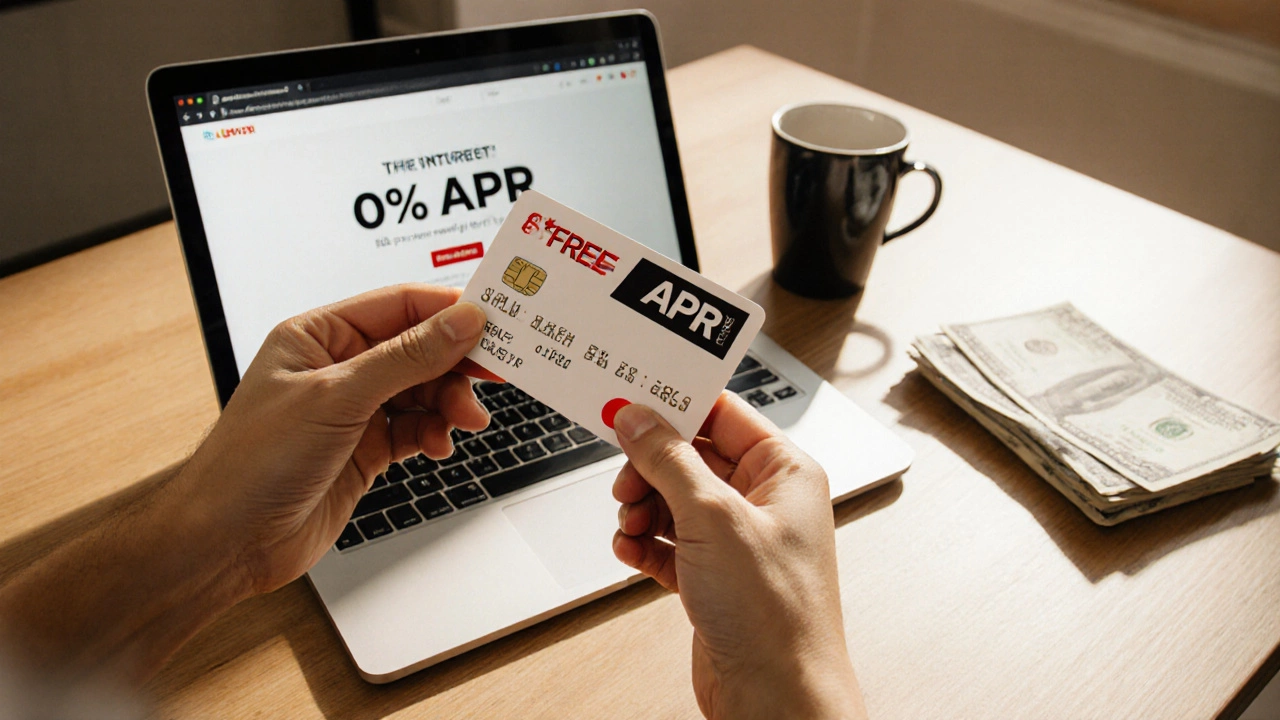APR Pitfalls: How Hidden Costs Sneak Into Your Loans
When you see a loan offer with a low APR, the Annual Percentage Rate that shows the true cost of borrowing, including fees and interest. Also known as true interest rate, it’s supposed to help you compare loans fairly. But too many people get fooled because the APR doesn’t tell the whole story. Lenders can make the number look great by burying fees in fine print, stretching out repayment terms, or offering teaser rates that jump after six months. What looks like a good deal on paper can turn into a money drain fast.
One big APR pitfall, a misleading or deceptive representation of borrowing costs that leads to unexpected expenses is assuming a low monthly payment means low cost. A car loan with a 3% APR over 72 months might sound smart—until you realize you’re paying more in total interest than if you’d taken a shorter term at 5%. The same goes for credit cards with 0% intro APRs. If you don’t pay off the balance before the promo ends, you get hit with backdated interest. That’s not a deal—it’s a trap.
Then there’s the credit score, a number lenders use to judge your risk, which directly affects what APR you qualify for. If your score is shaky, you might get offered a loan with a sky-high APR—and not even realize it’s because of your credit history. Some lenders don’t tell you that your rate could drop by 5% or more if you improved your score first. And don’t forget about loan fees, upfront charges like origination, processing, or prepayment penalties that add to the real cost of borrowing. These aren’t always included in the APR calculation, especially with payday loans or home equity products. You might think you’re getting a clean rate, but you’re really paying extra just to sign the paperwork.
People think APR is the final word. It’s not. It’s a starting point. The real danger isn’t the rate itself—it’s how easily you can be tricked into thinking you’re saving money when you’re not. A $10,000 personal loan at 8% APR might seem better than a 12% card, but if the loan has a $500 origination fee and you’re locked into a five-year term, you’re paying more than you think. Meanwhile, the card with the higher APR might let you pay it off in six months and save hundreds.
You don’t need a finance degree to avoid these traps. You just need to ask the right questions: What’s the total cost over the life of the loan? Are there hidden fees? What happens if I pay early? What’s the real rate after fees? The answers are out there—in loan documents, in fine print, in the fine details most people skip. Below, you’ll find real examples of how people got burned by APR tricks, how to spot them before signing, and what to do instead. No fluff. Just what works.
Why 0% APR Credit Cards Can Hurt Your Wallet

Zero‑interest credit cards sound great, but hidden fees, post‑promo rates, and credit‑score impacts can turn them into costly traps. Learn why and when they’re actually useful.
Read More >>